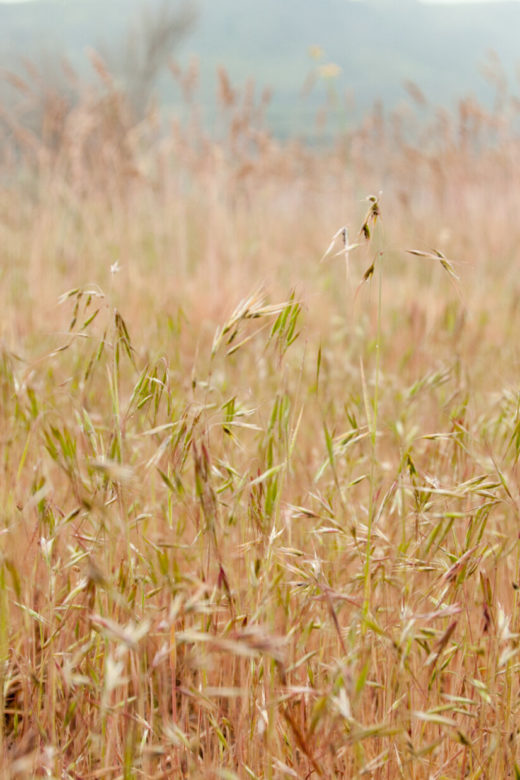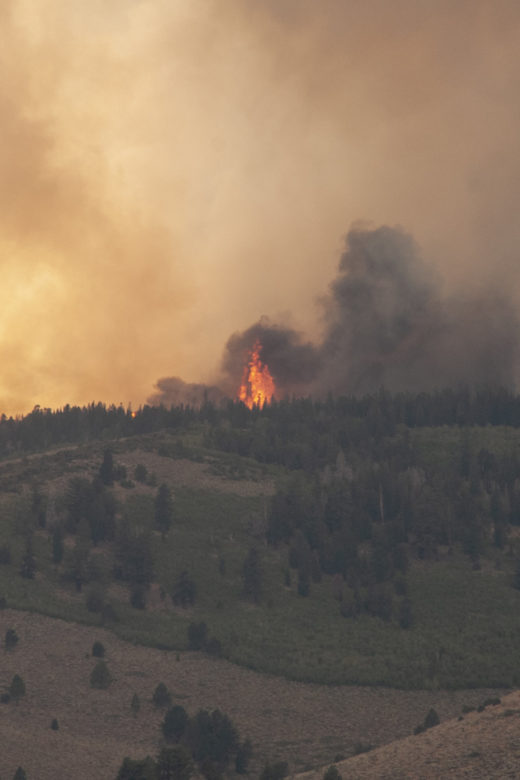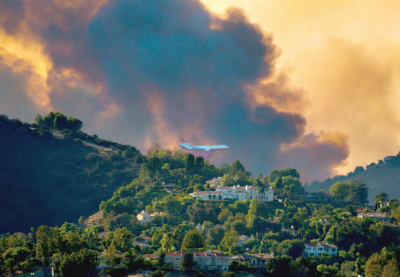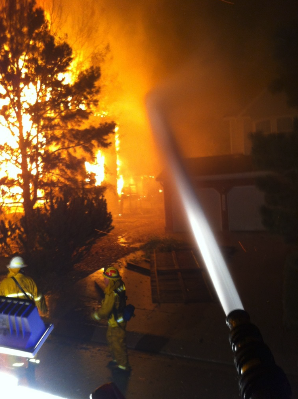View the full report hereAbstract: Fuels are highly variable and dynamic in space and time, and fuel loading can vary considerably …
Wildfire Response Performance Measurement: Current and Future Directions
Abstract: The Forest Service, U.S. Department of Agriculture, defines success in the wildland fire response environment as “safely …
Continue Reading about Wildfire Response Performance Measurement: Current and Future Directions
Long-term Cheatgrass Reduction with Indaziflam in Sagebrush-Grassland Plant Communities in Sublette County, Wyoming
Final research brief and management recommendations for improved cheatgrass (Bromus tectorum L.) management using the herbicide …
Reducing Wildfire Risk in the Wildland-Urban Interface: Policy, Trends, and Solutions
Increasing home development in wildfire-prone areas, coupled with climate change, are exacerbating wildfire risks to many …
Land use planning can reduce wildfire risk to homes and communities
Wildfire risk to people and homes is increasing. While climate change and decades of fuel buildup have exacerbated wildfires, …
Continue Reading about Land use planning can reduce wildfire risk to homes and communities
Wildfires Know No Boundaries
From the Rocky Mountain Research Station:For the first time, U.S. Forest Service Rocky Mountain Research …
A Case Study of a Community Affected by the Waldo Fire – Event Timeline and Defensive Actions
NIST Technical Note 1910: A Case Study of a Community Affected by the Waldo Fire Authors: Alexander Maranghides, Fire …
Fourmile Canyon Fire Findings
Read the report.The Fourmile Canyon Fire burned in the fall of 2010 in the Rocky Mountain Front Range adjacent to Boulder, …








